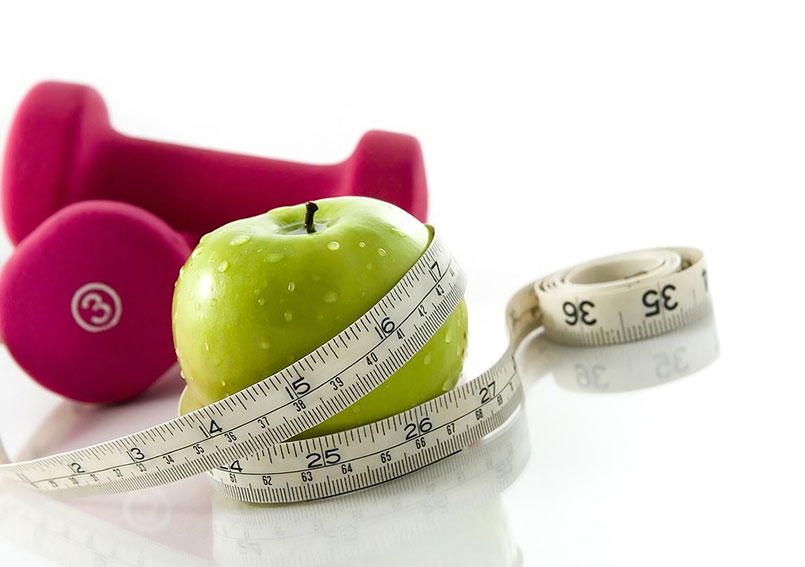February is heart month and you can show your heart some love through the benefits of exercise. If you are like me, the winter has taken a toll on the waistline and weight. In the landmark INTERHEART study 3 risk factors were deemed protective; daily consumption of fresh fruits and vegetables, moderate > 3x/week consumption of alcohol and moderate to strenuous exercise.
Exercise increases blood flow to muscles and thereby improves blood sugar levels by allowing better glucose uptake
Exercise has a wide range of benefits. Starting with the obvious, it burns calories and improves overall cardiovascular fitness. That’s why cardiac rehabilitation programs are an essential component of recovery following a heart attack or surgery. While exercise initially may raise your blood pressure, with time it comes down.
Exercise increases blood flow to muscles and thereby improves blood sugar levels by allowing better glucose uptake. Exercise is one of the best means for raising your HDL ‘good’ cholesterol. Through the release of various hormones exercise helps generate new blood vessels, improve vascular tone and decrease inflammation in the body as measured by hs-CRP.
Exercise has also been shown to release endorphins, the body’s ‘feel good’ substance that can lift depression ease anxiety and reduce stress!So lets get started… If you have not been active for a long time, or have any chest discomfort symptoms, or have risk factors for heart disease, it may be worthwhile to see your doctor first to get some baseline bloodwork as well as an EKG and a simple treadmill test.
Proper footware is essential to prevent injury. Your regimen should consist of both isometric exercises (designed to improve muscle tone and strenthen your body core) and aerobic exercises (designed to improve cardiovascular fitness and endurance). The simplest form of exercising is brisk walking.
It can be done in the comfort of your home, in a gym, indoor shopping malls or within your neighborhood streets. No equipment is needed but you do want to get out at least 5 days a week for a minimum of 30 minutes. Another useful target to acheive is counting footsteps. Inexpensive pedometers can help track each step you take towards a target of 7500-10000 a day.
Heart rate should be checked during exercise and in general we use the formula of 220 minus your age as the target heart rate. You should avoid exceeding the target heart rate for extended time periods and ideally workout at 85% of the target heart rate.For some individuals arthritis and other medical conditions prevent one from walking. In those situations a stationary bicycle, elliptical equipment or water aoerbics may be easier to perform.
In our busy lives finding even 30 minutes a day sometimes seems challenging. Incorporating exercise into our daily activites can offer the same benefits. Walk to your destination a little faster, use stairs rather than elevators, use your coffee breaks to stretch rather than sip, hide the remote control or better yet unplug the TV!
If at anytime during exercise you notice unusual shortness of breath or chest discomfort, stop, and consult with you doctor. Otherwise enjoy your path to a trimmer and healthier self!


